Hanukkah, the Festival of Lights, is a time of joy, tradition, and indulgence in Jewish households worldwide. Among its many culinary delights, none shines brighter than the sufganiyah (plural: sufganiyot), a deep-fried jelly-filled doughnut that has become synonymous with the holiday.
More than just a treat, sufganiyot carry centuries of history, cultural symbolism, and evolving culinary artistry. This article explores the origins, significance, and modern transformations of this beloved dessert, offering a comprehensive look at why these golden, sugar-dusted delights remain a cornerstone of Hanukkah celebrations.
Historical Roots: From Ancient Oil to Medieval Delicacy
The story of sufganiyot begins with the very essence of Hanukkah itself—a celebration of the miracle of oil. According to tradition, during the rededication of the Second Temple in Jerusalem, a single cruse of oil, enough to fuel the menorah for one day, burned miraculously for eight. To commemorate this event, Jewish communities adopted the custom of eating foods fried in oil. While latkes (potato pancakes) dominate Ashkenazi traditions, sufganiyot emerged as the Sephardic counterpart, with roots tracing back to Mediterranean and Middle Eastern Jewish communities.
Early versions of fried dough sweets were documented in medieval Jewish texts, often referred to as sufganin—a term derived from the Hebrew word sofeg, meaning “sponge,” likely describing the dough’s airy texture. These proto-doughnuts were simpler than modern iterations, sometimes filled with savory ingredients or sweetened with honey. Over time, as sugar became more accessible in Europe, the recipe evolved. By the 16th century, Polish Jews had adopted a yeast-raised doughnut called pączki, which influenced the sufganiyot we recognize today. The fusion of Sephardic and Ashkenazi culinary traditions during the Jewish diaspora solidified the sufganiyah’s place in Hanukkah observance.
Cultural Symbolism: A Bite of Resilience and Joy
Sufganiyot are more than a seasonal indulgence; they are edible symbols of Jewish resilience. The act of frying in oil directly ties the treat to the Hanukkah miracle, serving as a tangible reminder of faith and perseverance. In Israel, where Hanukkah is celebrated with particular fervor, sufganiyot have taken on additional layers of meaning. Following the establishment of the state in 1948, the Israeli government promoted sufganiyot as a national Hanukkah food to bolster local agriculture (specifically, the use of sunflower oil and citrus-based jams). Today, Israelis consume over 24 million sufganiyot annually—a testament to their cultural significance.
The communal aspect of sufganiyot also reflects Jewish values. Sharing trays of freshly fried doughnuts with neighbors, friends, and strangers embodies the spirit of tzedakah (charity) and togetherness central to Hanukkah. In many families, preparing sufganiyot becomes a multigenerational ritual, with grandparents teaching grandchildren the art of dough-rolling and filling. This interplay of history, faith, and community transforms the humble doughnut into a vessel of cultural memory.
Crafting the Perfect Sufganiyah: Tradition Meets Technique
Creating authentic sufganiyot is both a science and an art. The dough, enriched with butter or milk, is kneaded to a silky smoothness before undergoing a slow rise to achieve its signature lightness. Traditional recipes call for a simple filling of strawberry or raspberry jam, though modern variations experiment with dulce de leche, chocolate ganache, or even halva cream. After frying in hot oil—a critical step requiring precision to avoid greasiness—the doughnuts are rolled in powdered sugar, their snowy coating evoking the winter season.
Professional bakers in Israel elevate sufganiyot to gourmet status, offering extravagant versions filled with passionfruit curd, topped with gold leaf, or injected with liquor-infused creams. Yet even these avant-garde iterations stay true to the essence of the treat: a celebration of abundance and creativity. Home cooks, meanwhile, cherish the imperfections of handmade sufganiyot—slightly irregular shapes, oozing fillings, and the occasional over-sugared bite—as markers of authenticity and love.
Modern Interpretations: Global Flavors and Innovations
As Jewish communities have spread across the globe, sufganiyot have absorbed local influences. In North America, pumpkin-spiced or maple-glazed sufganiyot nod to autumn harvest traditions. In France, bakers incorporate Parisian patisserie techniques, creating delicate choux-pastry versions. Vegan and gluten-free adaptations ensure the treat remains inclusive, aligning with contemporary dietary preferences. Social media has further propelled the sufganiyah’s evolution, with Instagrammable designs featuring edible glitter, rainbow sprinkles, or miniature menorah toppers.
Despite these innovations, the core identity of sufganiyot remains intact. They continue to symbolize the interplay between preservation and adaptation that defines Jewish culture. Whether enjoyed in a Tel Aviv café, a New York bakery, or a homemade kitchen, each bite connects the eater to a lineage of tradition—and to the universal human love for fried dough.
From their ancient origins to their modern reinventions, sufganiyot encapsulate the spirit of Hanukkah: resilience, joy, and the warmth of shared traditions. As oil sizzles in pans and kitchens fill with the scent of frying dough, generations old and new are reminded of the miracles—both historical and everyday—that light up the darkest winter nights. Whether savored for their symbolic weight, their nostalgic comfort, or simply their irresistible sweetness, sufganiyot endure as a delicious testament to the enduring power of culture and community. This Hanukkah, as you bite into a sugar-dusted sufganiyah, take a moment to taste the history—and the hope—within every crumb.
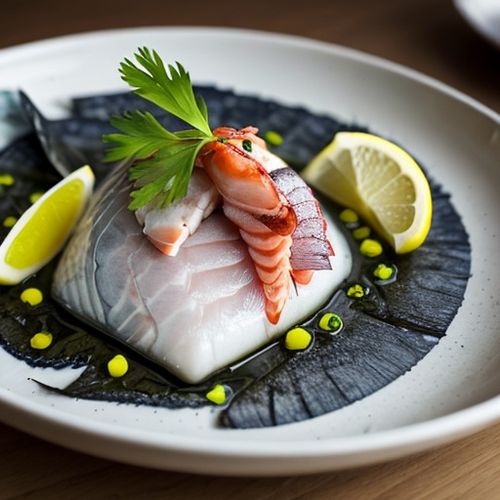
By James Moore/Mar 29, 2025
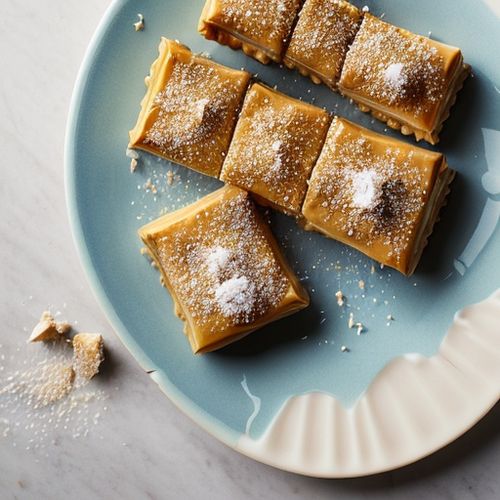
By Noah Bell/Mar 29, 2025
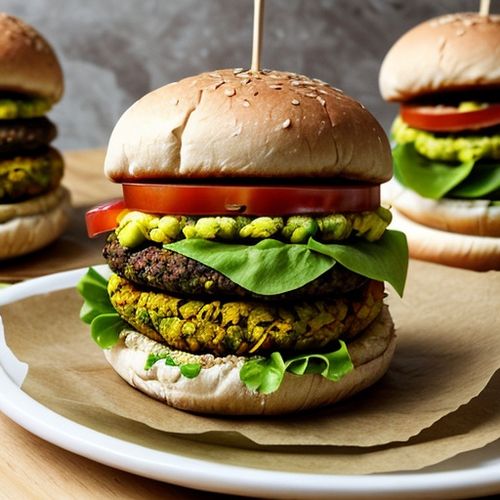
By Ryan Martin/Mar 29, 2025
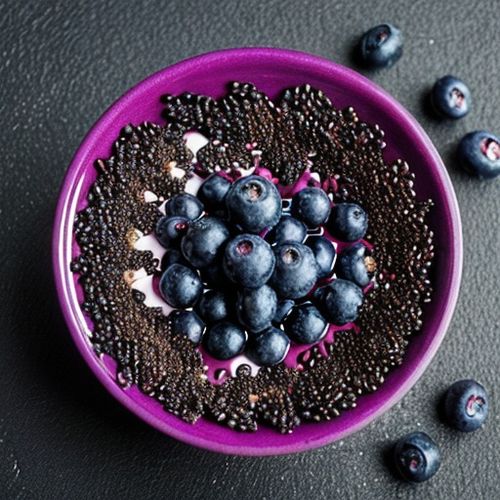
By Sarah Davis/Mar 29, 2025
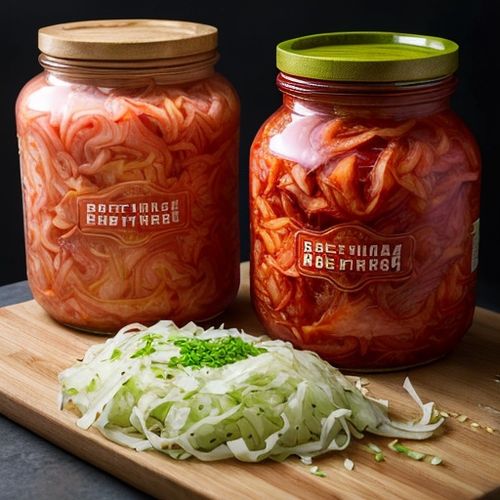
By William Miller/Mar 29, 2025

By Lily Simpson/Mar 29, 2025
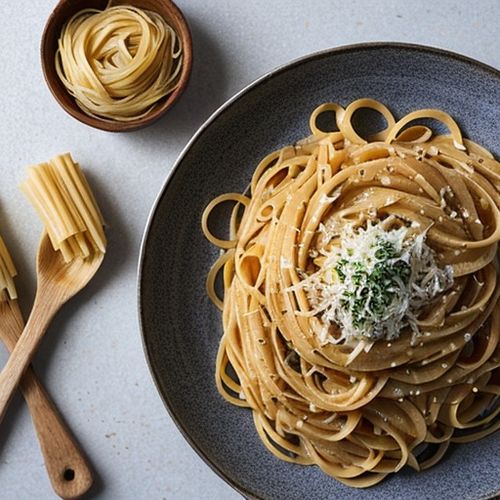
By William Miller/Mar 29, 2025
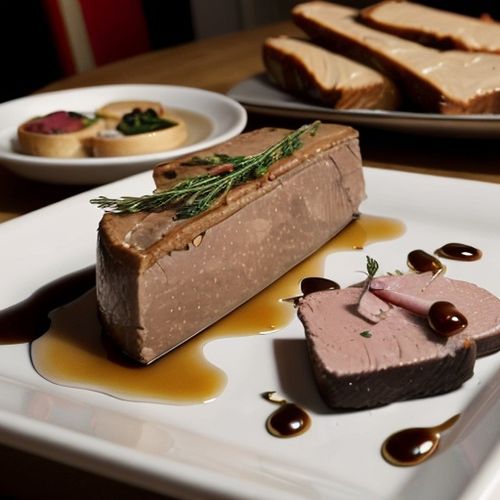
By Rebecca Stewart/Mar 29, 2025
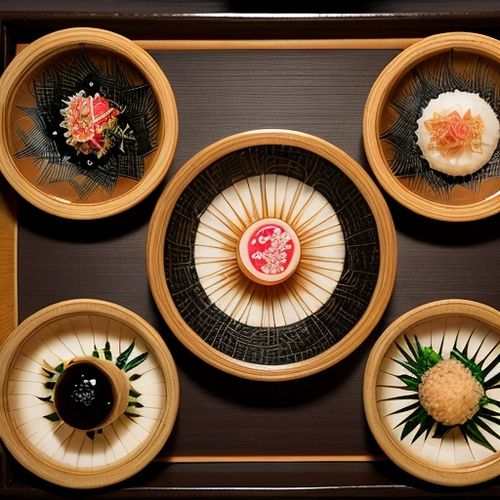
By Joshua Howard/Mar 29, 2025
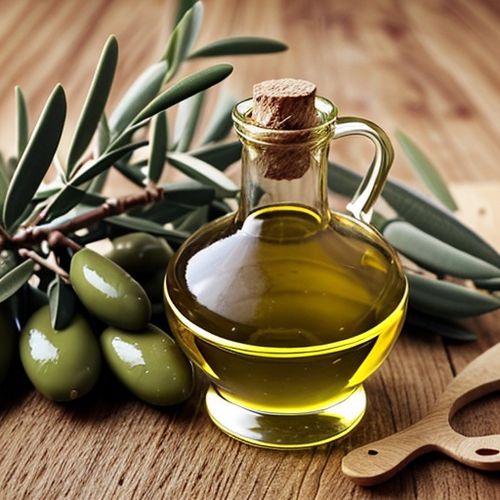
By Emily Johnson/Mar 29, 2025

By David Anderson/Mar 29, 2025
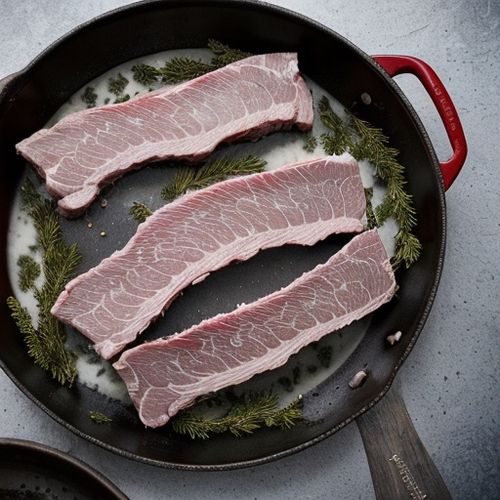
By Thomas Roberts/Mar 29, 2025

By Jessica Lee/Mar 29, 2025

By Amanda Phillips/Mar 29, 2025
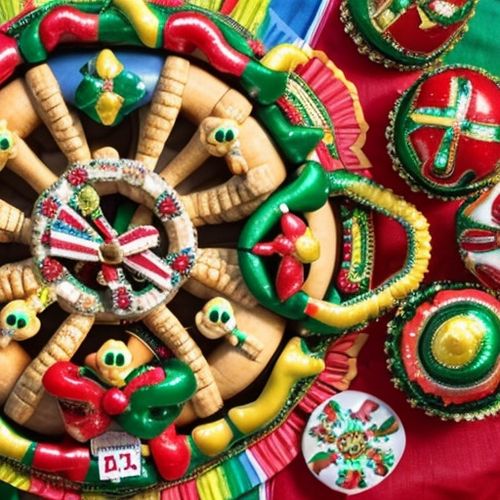
By Sophia Lewis/Mar 29, 2025
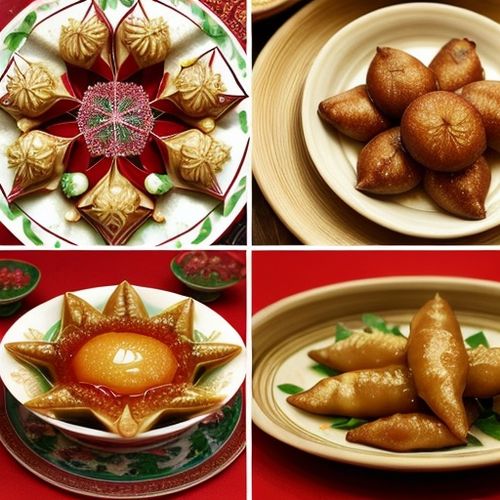
By Laura Wilson/Mar 29, 2025

By Emma Thompson/Mar 29, 2025

By Samuel Cooper/Mar 29, 2025
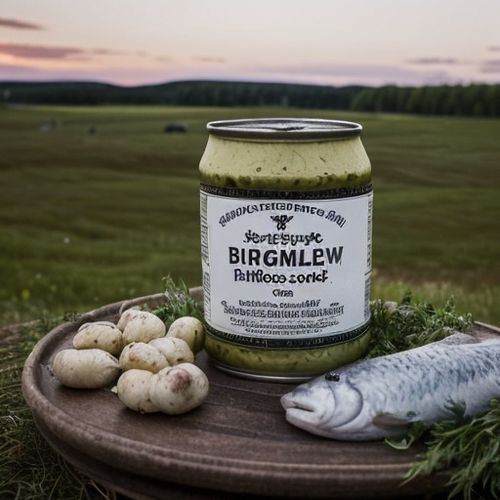
By Olivia Reed/Mar 29, 2025
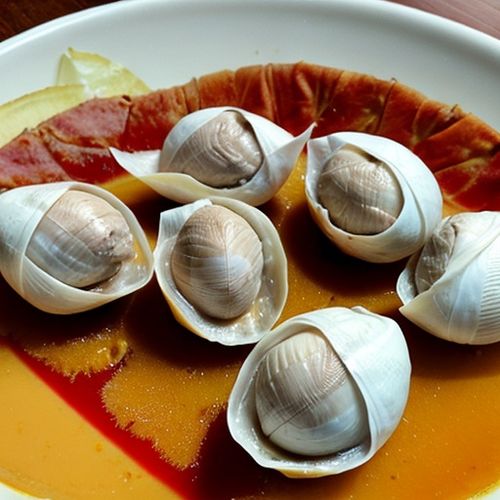
By Noah Bell/Mar 29, 2025